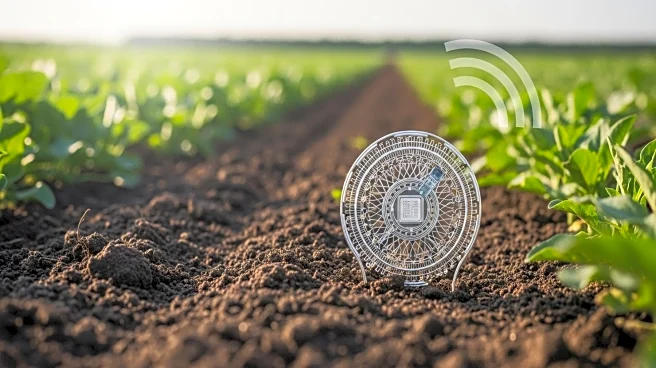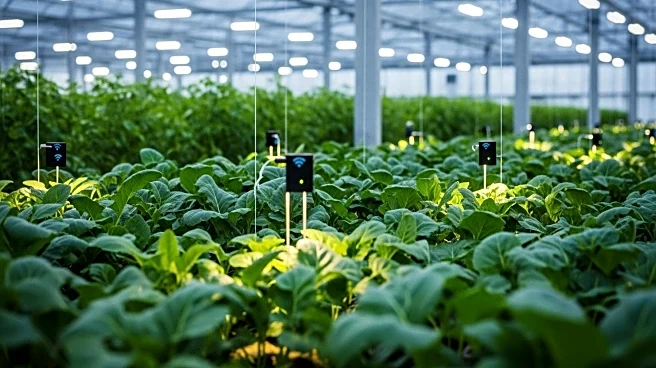What's Happening?
The global pesticides market is anticipated to grow from USD 108 billion in 2024 to USD 147.35 billion by 2037, according to Research Nester. This growth is driven by a compound annual growth rate of approximately 2.42% over the period. Herbicides are expected to dominate the market, capturing about 52% of the product mix due to their essential role in weed control for staple crops. The Asia-Pacific region, particularly China and India, is forecast to contribute roughly 44% of global revenue, supported by strong policy initiatives and investments in sustainable agriculture. Liquid formulations are also gaining traction, expected to secure about 23% of the market by 2037 due to their practicality and precision in application.
Why It's Important?
The expansion of the pesticides market is significant for global food security and agricultural productivity. The emphasis on herbicides and precision agriculture reflects a shift towards more efficient and environmentally friendly farming practices. The Asia-Pacific region's contribution highlights the growing importance of China and India in the global agricultural landscape, driven by policy support and investment in sustainable practices. This growth also underscores the need for continued innovation in bio-pesticides and integrated pest management to balance productivity with environmental sustainability.
What's Next?
The market is expected to see a gradual expansion characterized by stronger regulatory oversight and greater adoption of precision application technology. Companies and policymakers that successfully integrate precision tools and invest in safer chemistries will be best positioned to meet productivity objectives while adhering to environmental commitments. The focus on bio-pesticides and eco-formulations is likely to gain momentum, supported by policy and R&D initiatives.
Beyond the Headlines
The transition to sustainable crop protection involves ethical and environmental considerations, as the industry seeks to reconcile productivity with ecological impact. The development of low-risk alternatives and farmer education are crucial for achieving long-term sustainability in agriculture.












